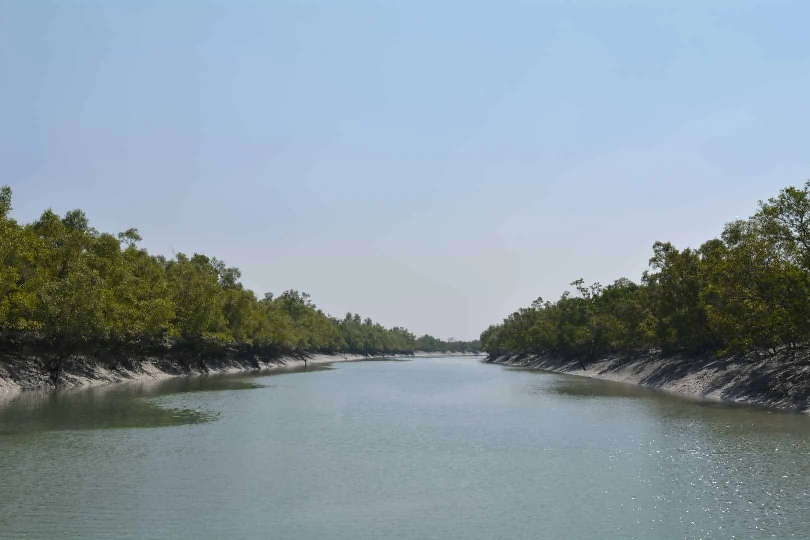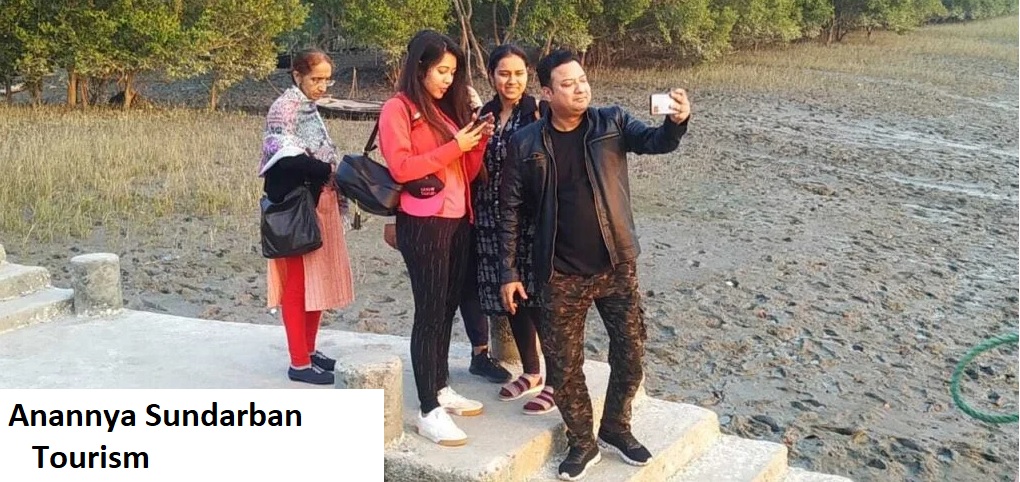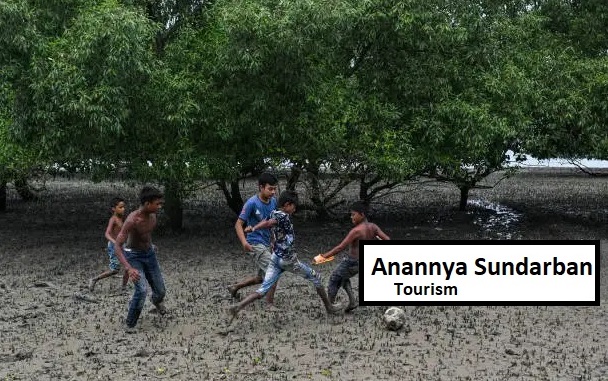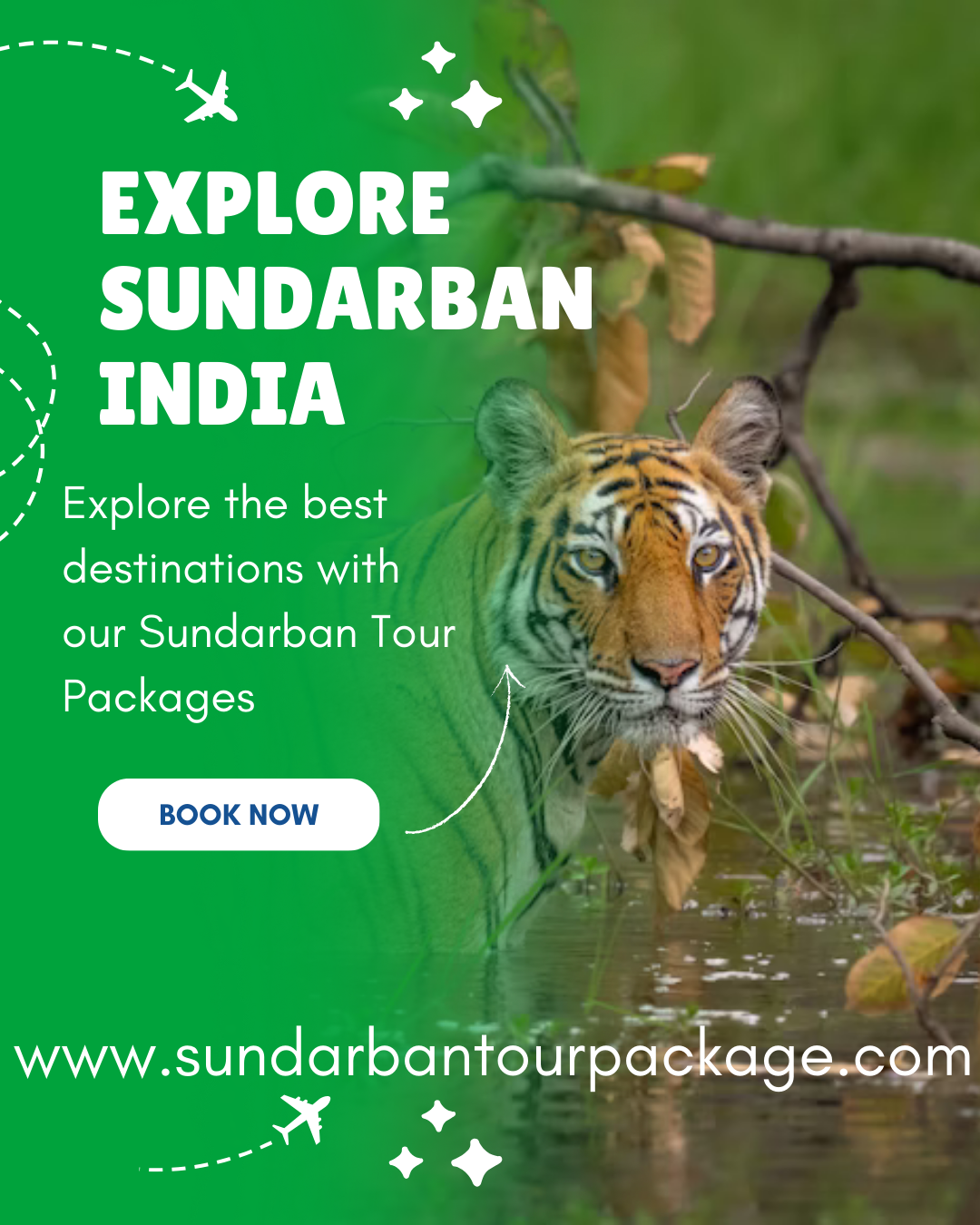Table of Contents
A trip to the Sundarbans is not your average beach holiday. It's an adventure into a raw, untamed wilderness where the rhythms of nature dictate everything. Being prepared is not just about comfort; it's about safety and making the most of your experience. Your packing list will vary significantly depending on whether you're visiting during the scorching summer, the sodden monsoon, or the pleasant winter.
This ultimate packing list will ensure you're ready for anything the world's largest mangrove forest throws your way.
The Absolute Essentials (All Seasons)
These are the non-negotiable items you must pack, regardless of when you visit.
-
Clothing (Neutral Colors): This is crucial. Avoid bright colours (red, yellow, white) and black (attracts ticks). Stick to earthy, muted tones like olive green, beige, brown, grey, and khaki. This helps you blend into the environment, causing less disturbance to wildlife and improving your chances of sightings.
-
Comfortable Footwear:
-
Sport Shoes or Trekking Shoes: For village walks and getting on/off the boat.
-
Non-Slip Flip-Flops or Sandals: To wear on the boat deck. It often gets wet and slippery.
-
-
Sun Protection: The sun on the water is intense.
-
High-SPF Sunscreen (50+)
-
Polarized Sunglasses (to reduce glare from the water)
-
Wide-brimmed Hat or Cap
-
-
Health & Safety:
-
Personal First-Aid Kit: Include band-aids, antiseptic cream, antiseptic wipes, cotton, gauze, and crepe bandage.
-
Essential Medications: Besides your regular meds, pack:
-
Motion Sickness Pills: The boat rides can be long and choppy.
-
Anti-diarrheal Medicine
-
Pain Relievers (Paracetamol)
-
Antihistamines for allergies and insect bites.
-
Electrolyte Powder (ORS) to combat dehydration.
-
-
Hand Sanitizer & Wet Wipes: Soap and clean water might not be readily available on the boat.
-
-
Gear & Electronics:
-
Binoculars (Absolute MUST): Most wildlife sightings are from a distance. A good pair of binoculars (8x40 or 10x42) is indispensable.
-
Camera with Zoom Lens & Extra Batteries/ Memory Cards: You'll kick yourself if you miss a shot because your battery died.
-
Power Bank: Electricity on boats and in remote lodges can be unreliable.
-
Flashlight or Headlamp: For power cuts and moving around at night.
-
-
Documents & Money:
-
Cash: ATMs are scarce. Carry enough cash for souvenirs, tips, and any additional expenses.
-
ID Proof: Required for permit formalities.
-
-
Backpack: A sturdy, waterproof daypack for carrying your essentials during daily boat safaris.
Season-Specific Packing Guide
1. Summer (March - June)
-
Weather: Extremely hot (30°C - 40°C) and humid. Intense sun.
-
Packing Strategy: Think light, breathable, and sweat-wicking.
-
Clothing:
-
Lightweight, loose-fitting Cotton or Linen T-shirts & Trousers. Long sleeves are better for sun protection.
-
Avoid denim as it becomes heavy and uncomfortable when sweaty.
-
Multiple pairs of socks & underwear.
-
-
Protection:
-
A lightweight scarf or bandana to wipe sweat or protect your neck.
-
Reusable water bottle (at least 1 litre). Staying hydrated is critical.
-
-
Extra: Electrolyte packets are a lifesaver in this heat.
2. Monsoon (July - September)
-
Weather: Very high humidity, heavy, unpredictable rainfall, and muddy conditions. Many tourist activities might be suspended, so check before you travel.
-
Packing Strategy: Waterproofing is key.
-
Rain Gear:
-
High-Quality Raincoat or Poncho (a poncho is better as it covers your backpack too).
-
Compact Travel Umbrella.
-
Waterproof Covers for your backpack and camera gear.
-
-
Clothing & Footwear:
-
Quick-Dry T-shirts and Pants.
-
Waterproof Jacket.
-
Extra pairs of socks – your feet will likely get wet.
-
Waterproof shoes or shoes you don't mind getting completely muddy.
-
-
Protection:
-
Insect Repellent is most crucial in monsoon. Mosquito numbers peak.
-
Zip-lock Bags to protect your phone, wallet, and documents from water.
-
3. Winter (October - February)
-
Weather: The best time to visit. Days are pleasant (15°C - 25°C), but mornings and evenings on the boat can be surprisingly cold and foggy.
-
Packing Strategy: Layering is essential.
-
Clothing:
-
Base Layer: Light thermal wear or full-sleeved dry-fit t-shirts.
-
Mid Layer: Fleece jacket, sweatshirt, or sweater.
-
Outer Layer: A light down jacket or a windproof/warm jacket for early morning boat rides.
-
Comfortable Jeans or Trousers.
-
-
Accessories:
-
Warm Woolen Cap (a lot of body heat is lost from the head).
-
Lightweight Gloves and a scarf or muffler.
-
Thick Socks for the chilly mornings.
-
Additional Useful Items
-
A Good Book: For relaxing during downtime on the boat.
-
Playing Cards/Games: For evening entertainment.
-
Snacks: Energy bars, nuts, or biscuits. Boat meal times might not always align with your hunger.
-
Reusable Water Bottle: Reduce plastic waste.
-
Small Towel: A quick-dry travel towel can be very handy.
What NOT to Pack
-
Bright Colored or Noisy Clothing: Disturbs wildlife.
-
Expensive Jewellery: Unnecessary and risky.
-
Heavy Suitcases: Opt for a soft duffel bag or backpack instead, as they are easier to store on boats.
-
Plastic Bottles (single-use): Please be environmentally conscious.
-
Bluetooth Speakers: The sounds of the forest are what you're there for. Maintain the silence.
Final Pro Tips
-
Pack Light: You'll be moving on and off boats. A lighter bag is a blessing.
-
Carry a Positive Attitude: Wildlife sightings are a matter of luck. Enjoy the overall experience of being in a magnificent biosphere.
-
Listen to Your Guide: Their instructions are for your safety and for the well-being of the forest.
By following this comprehensive packing list, you can ensure that you are well-prepared to fully embrace the awe-inspiring adventure that is the Sundarbans, in any season. Happy travelling!






.gif)
.gif)

No comments yet
Be the first to share your thoughts!